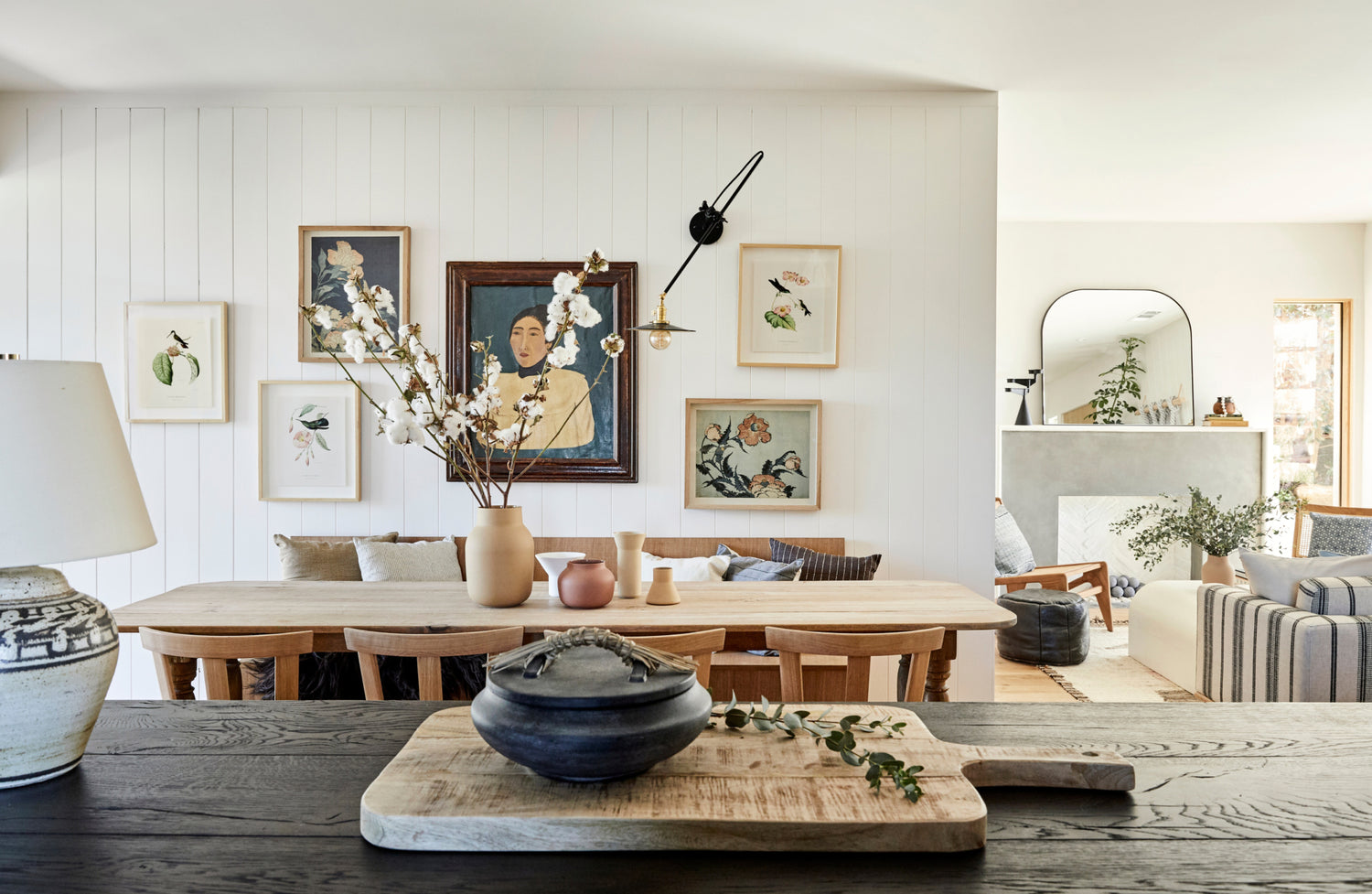I think it’s amazing how two distinct design aesthetics like Japanese minimalism and Scandinavian warmth could come together to create something stunning. You’ve probably heard of it. Yes, the Japandi style—a harmonious fusion of the serene elegance of Japanese design and the cozy functionality of Scandinavian interiors. But what exactly defines Japandi, and why is it gaining so much attention in modern homes?
The Origins of Japandi: A Global Fusion
Japandi, a term derived from Japanese and Scandinavian influences, represents a cross-cultural blend that combines the best of both worlds. Japanese design, known for its minimalism, clean lines, and focus on functionality, finds its perfect match in the warmth and coziness of Scandinavian interiors. Together, these elements create a design philosophy centered on simplicity, sustainability, and a sense of calm.
Key Elements of Japandi Style

Minimalism with Purpose
At the heart of Japandi design is the idea that less is more. Furniture is often sleek, low-profile, and free of excessive ornamentation. This minimalism isn’t about starkness but rather about functionality and intentionality. Every piece of furniture serves a purpose, and clutter is minimized to maintain a clean, calming environment.
Natural Materials and Tones
Japandi interiors are marked by a heavy use of natural materials like wood, stone, and rattan. Soft, neutral colors—think beige, light grey, and earthy tones—dominate the palette, creating an atmosphere that feels warm and inviting. The natural elements evoke a sense of tranquility and balance, enhancing the overall calm vibe.
Functional Aesthetics
Both Japanese and Scandinavian design emphasize functional furniture and décor that also look beautiful. Japandi combines this ethos to deliver a seamless marriage of form and function. From multipurpose furniture to cleverly designed storage spaces, every item in a Japandi-inspired home has a dual role of practicality and aesthetics.
Japandi and Sustainability
A key pillar of Japandi design is sustainability. Both Japanese and Scandinavian cultures value simplicity and an eco-friendly approach to living. Using natural, sustainable materials, and prioritizing quality over quantity, Japandi interiors often feature pieces that are designed to last. This focus on durability also reduces the environmental footprint, making it an appealing option for conscious consumers.
Japandi in Interior Design: Mid-Century and Modern Influences

While Japandi is primarily inspired by traditional Japanese and Scandinavian styles, it has also been adapted to fit modern and mid-century furniture trends. The clean lines and minimalist approach of mid-century modern furniture pair beautifully with Japandi’s calming aesthetics. Velvet, wool, and leather upholstery can add a touch of elegance, blending modern comfort with timeless design principles.
Japandi Style Decor Ideas

Japandi decor is all about achieving harmony between minimalism and warmth. To bring this style into your home, opt for furniture with clean lines and natural materials like wood, bamboo, or stone. Incorporate neutral tones such as beige, soft grey, or muted greens and blues to evoke calmness.
Pair sleek furniture with textured elements—like woven baskets or wool throws—to add depth without clutter. Additionally, houseplants or simple greenery contribute to Japandi’s emphasis on nature, while lighting should be soft, with elegant pendant lamps or paper lanterns that maintain the clean aesthetic.
By blending simplicity with comfort, Japandi decor transforms any space into a serene and balanced environment.
Japandi Style: For Which Room?

Japandi style works harmoniously in various rooms, creating a sense of tranquility and functionality. Here’s how to implement it in different parts of the house:
- Living Room: Opt for low-profile furniture with clean lines, neutral colors, and natural wood elements. Add minimalist décor, such as a few houseplants or simple art pieces, and use soft, warm lighting to create a cozy atmosphere.
- Bedroom: Choose a neutral color palette for bedding and furniture, incorporating natural materials like cotton and linen. Keep décor simple—a wooden bed frame, woven baskets for storage, and a single piece of art or greenery.
- Kitchen: Combine sleek, minimalist cabinetry with natural stone or wood countertops. Focus on functionality with clutter-free surfaces, and use open shelving to showcase simple, practical kitchenware like ceramic dishes or bamboo utensils.
- Bathroom: Bring Japandi into the bathroom by blending stone, bamboo, or wooden textures with soft, neutral tones. Add elements like a simple wooden stool or a woven basket for storage. Focus on creating a spa-like feel with soft lighting and minimal décor.
Cleaning and Maintaining Japandi Interiors
To maintain the minimalist look of a Japandi space, regular cleaning is key. Dusting and wiping surfaces help preserve the natural materials. For upholstery, simple cleaning routines using soft cloths and non-toxic cleaning agents can keep the furniture looking its best. Because Japandi focuses on sustainability, cleaning solutions should be eco-friendly whenever possible.
A Timeless Choice for Luxurious and Iconic Interiors

Japandi style offers a timeless blend of function, beauty, and sustainability, making it a go-to choice for those who want to create a calm yet luxurious living environment. Whether you're designing a cozy nook or a spacious living room, Japandi’s minimalist charm and warm elegance ensure that every space feels like a retreat from the chaos of the outside world. Discover how you can elevate your space with our guide: 10 Essential Japandi Furniture Ideas to Transform Your Home.
Why Japandi is Here to Stay
In a world that often feels overwhelming, Japandi style offers a reprieve with its focus on simplicity, warmth, and sustainability. As more people embrace mindful living, the blend of Japanese serenity and Scandinavian coziness will likely remain a favorite in interior design. Whether you're renovating a space or starting from scratch, Japandi offers the perfect balance of minimalism and comfort.






Leave a comment
This site is protected by hCaptcha and the hCaptcha Privacy Policy and Terms of Service apply.